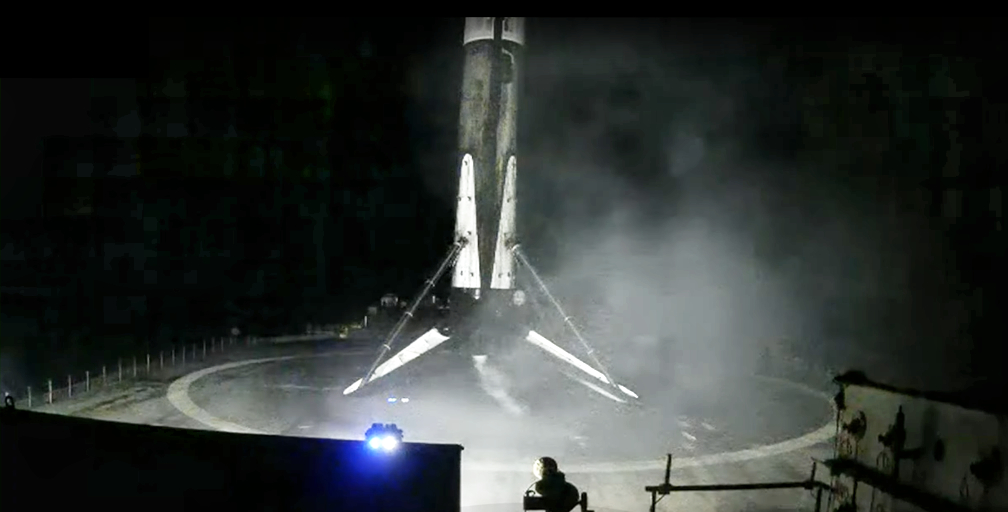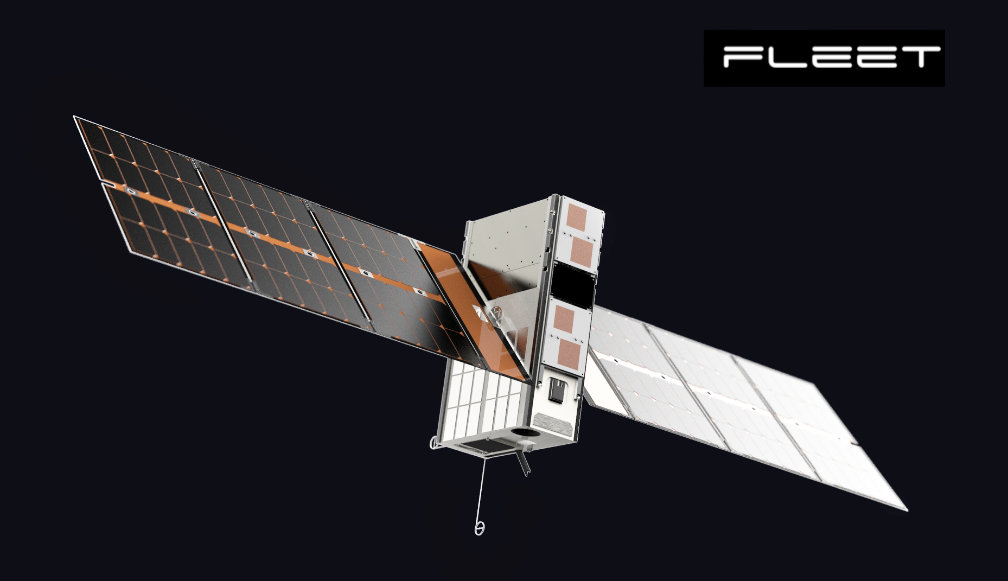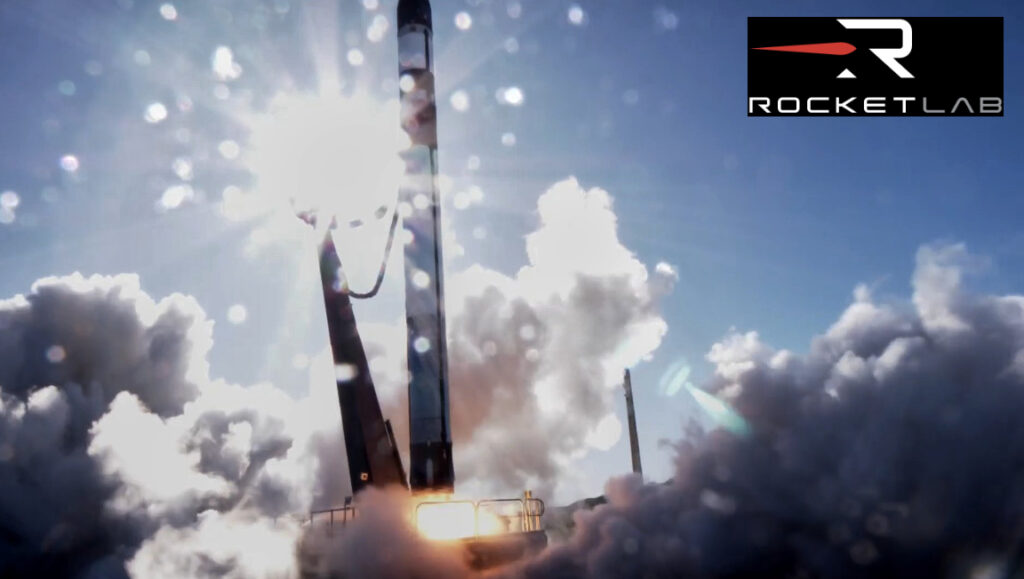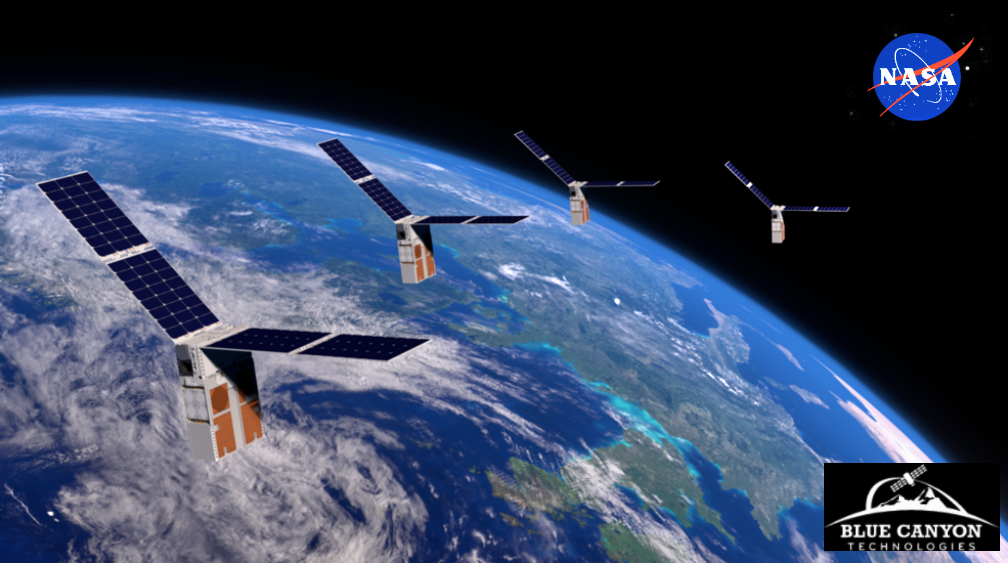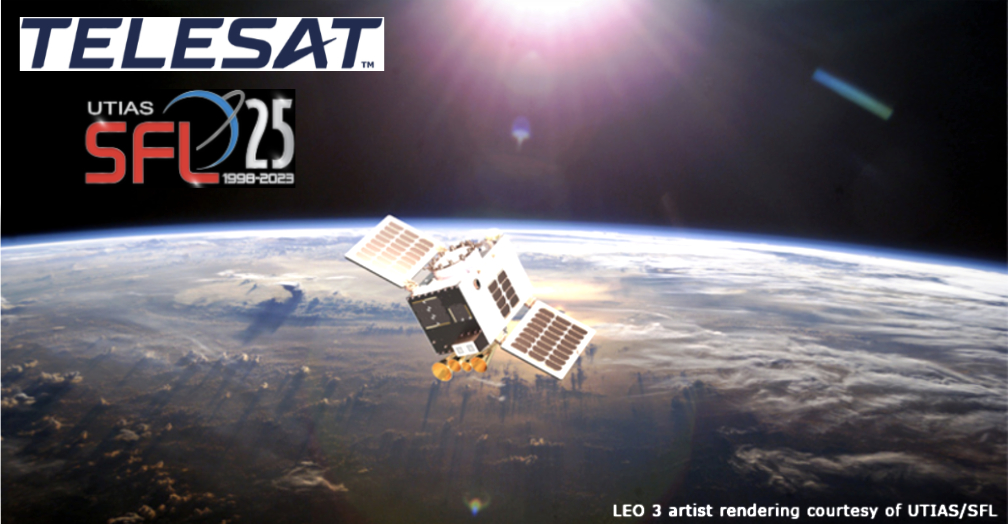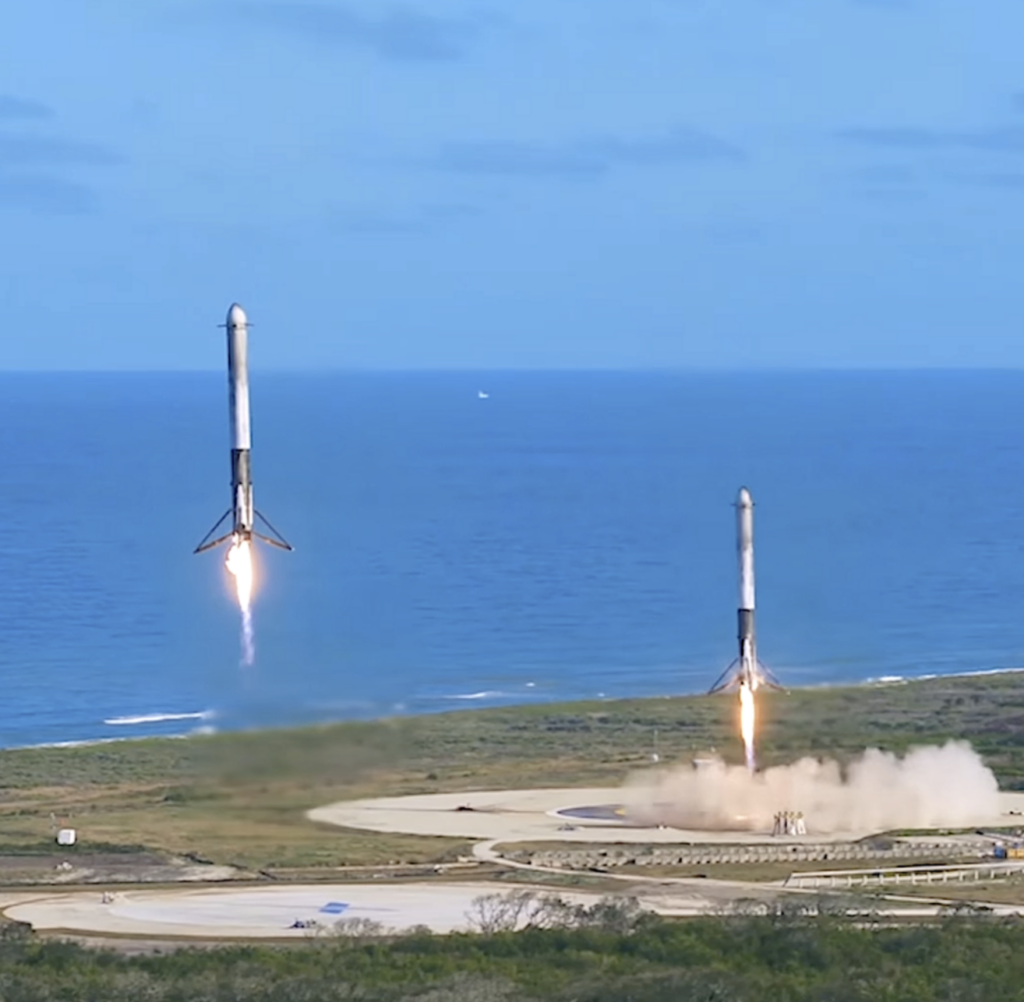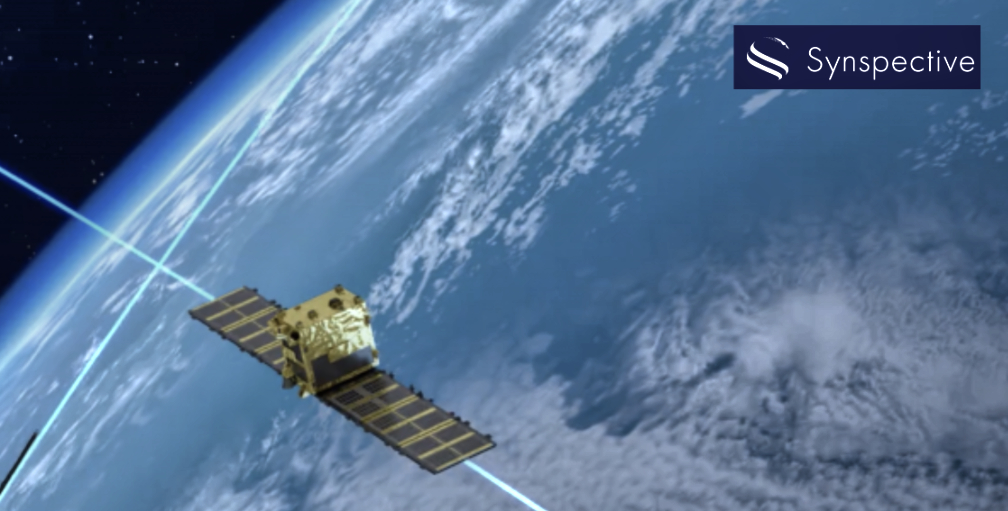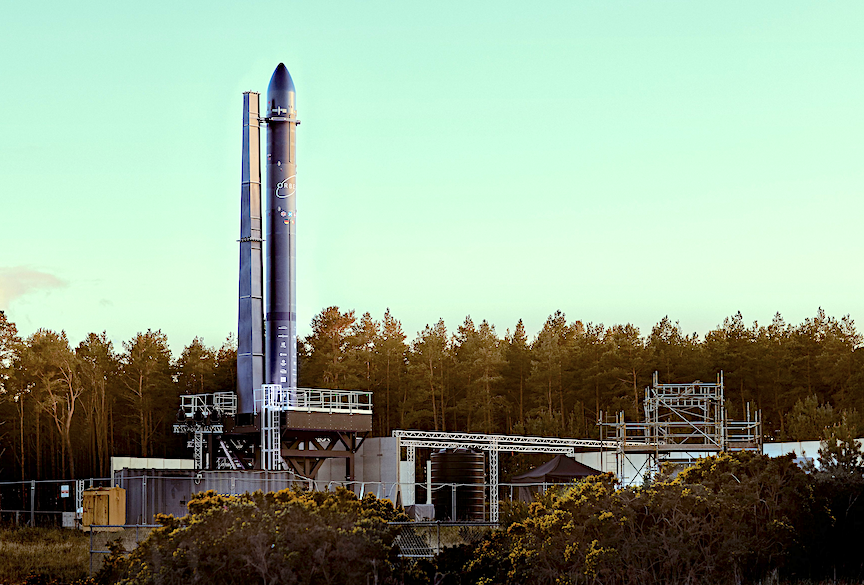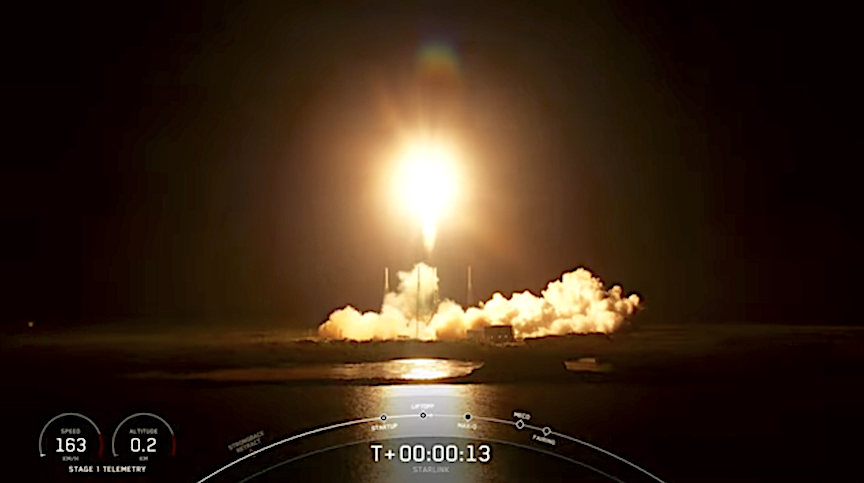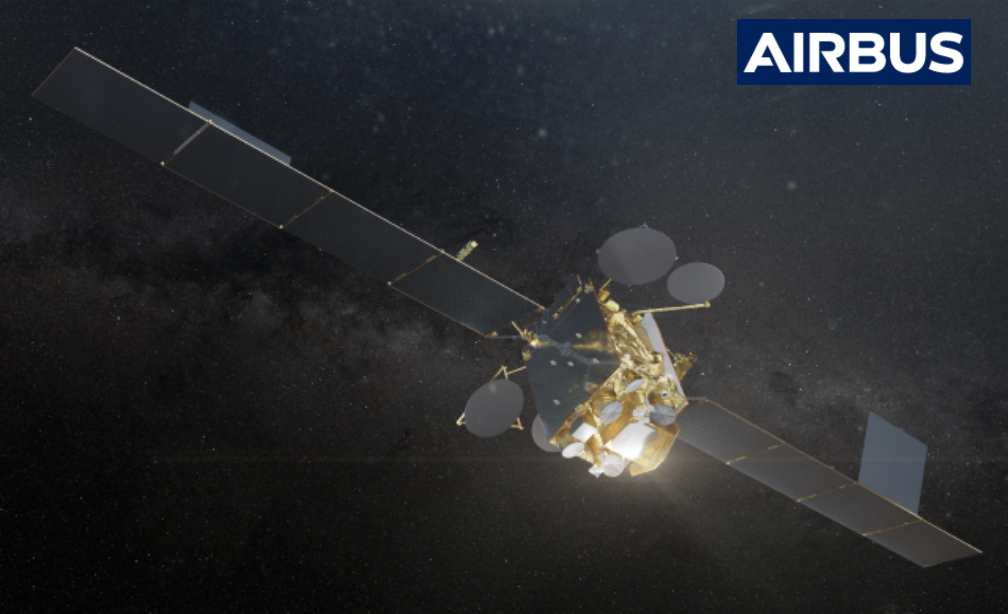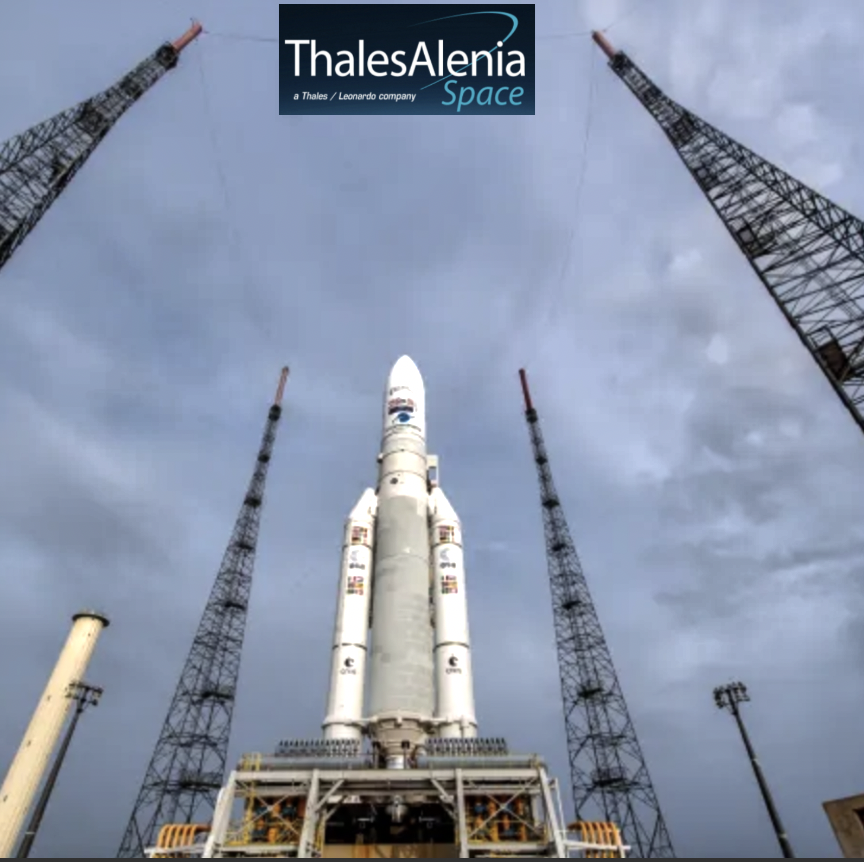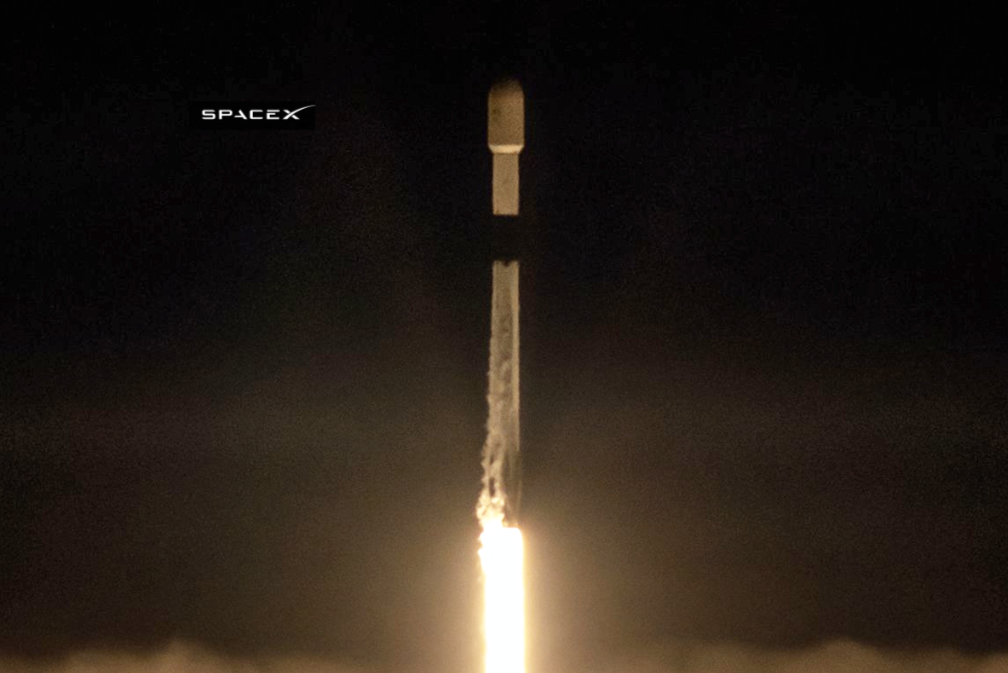
On Wednesday, July 19th., at 9:09 p.m., PT, a SpaceX Falcon 9 launched 15 Starlink satellites to LEO from Space Launch Complex 4 East (SLC-4E) at Vandenberg Space Force Base in California.

This was the 10th flight for the first stage booster supporting this mission, which previously launched NROL-87, NROL-85, SARah-1, SWOT, Transporter-8, and now five Starlink missions.
Both fairing halves of this launch were recovered by the droneship “Of Course I Still Love You” that was stationed in the Pacific Ocean.

This was SpaceX’s 48th mission in 2023 and 247th overall mission.
